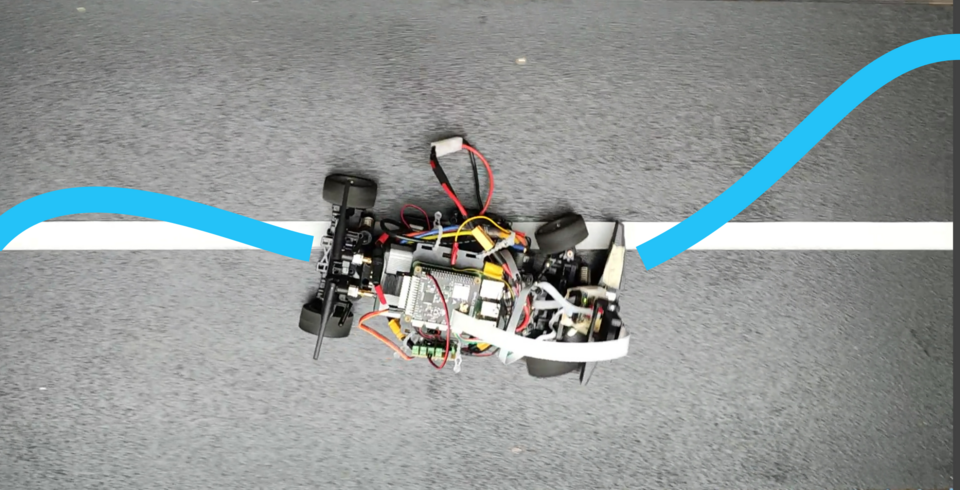Time Delay by Software in Connected Robotics

The BI research group „Connected Robotics Lab“ (CoRoLa) submitted a new paper, which evaluates latencies entailed by the prominent software development framework (ROS) for connected robotics. This is interesting for us as we require this knowledge for the connected vehicles of our new demonstrator.
What is the article about?
In recent years, the robot operating system (ROS) emerged as one of the most prominent software development frameworks for connected, mobile robotics. Its successor ROS2 is developed by well-known companies and research institutions. It is tailored to real-time capable, connected robotics, e.g. connected, autonomous driving.
If requirements on reactivity of a system tighten, delays in the system may lead to instability and eventually failure. Therefore, it is important to know the influence of employed software, in this case ROS2, on time delay and hence reactivity of the system.
ROS2 favors the concept of modularization, i.e. data processing is split into multiple successive steps. The advantage: maintainable software, reusability, scalability, and higher security and safety. However, this entails a certain latency. This paper evaluates the influence of this modularization on the reactivity of the system. We want to determine the reasons for the time delay and which parameters result in a lower latency. The goal is to provide rules to developers and users to obtain minimum time delay and maximum modularity at the same time.
What did we discover?
We could determine which parameters significantly influence the ROS2 time delay. In addition, we could identify how to reduce time delay by up to 50%. Furhtermore, we observed how important the settings of the operating system are.
What does that mean for us?
In particular, we need this knowledge for our demonstrator for connected driving.
We now are able to write software in such a fashion that the cars may react swiftly and are able to drive stable. We were in contact with multiple companies and could contribute to the further development of ROS2. Last but not least, it is important for our demonstators (e.g. platooning) to know which parameters need to be adjusted for better reactivity.
